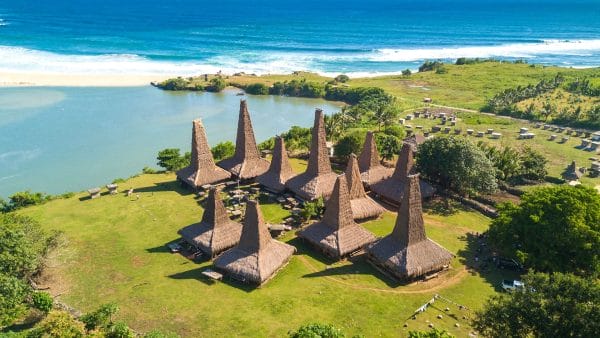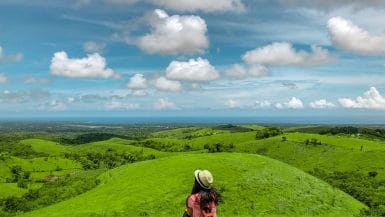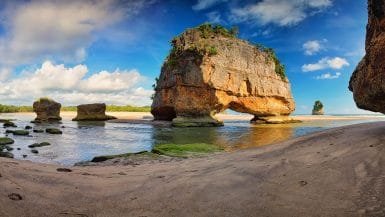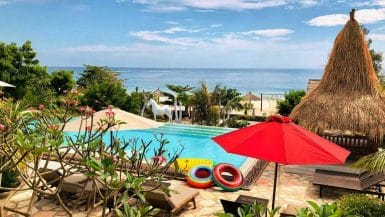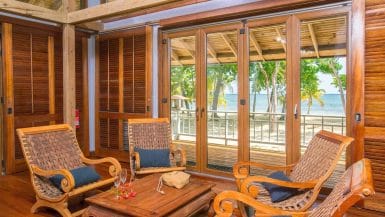As an archipelago country, there are many spots in Indonesia that offer gorgeous sceneries for people to enjoy. From a relaxing, calm wave at the beach to the peak of a mountain, there are many varieties of spectacles people can bask in their beauty. Many people already know of Nusa Dua Beach, Lake Toba, or Komodo Island as the country’s common destinations. But there is a village that provides us its beautiful sight yet not many people know of it. Welcome to Ratenggaro Traditional Village.
The Village’s Location and Background
Ratenggaro Traditional Village is a village located in East Nusa Tenggara Province, one of the provinces situated amongst the lesser Sunda Islands besides Bali and West Nusa Tenggara. The village is located on Sumba Island, one of the province’s biggest islands. The village can be found on the western coast of the island, resulting in a beach accompanied by gorgeous scenery, especially during sunset.
The village’s name comes from the word rate and nggaro, hence the village is called so. Rate means graveyard, and nggaro or garo is the first tribe to reside in the village. During a tribal war, the tribe managed to take over the village and became its first occupant. The fallen fighter of the war is then buried there. Despite the grim history, the village holds a beautiful place to enjoy the sight and scenery.
How to Get There?
The traditional village is located 56 km from Tambolaka, the capital city of Southwest Sumba District. It is easy to access the village, as the road to the place is fully paved and in a relatively good condition. Hence, provided it is clear of traffic, the trip only takes 1.5 – 2 hours from the capital to the village. However, public accommodation such as bus or train is not available, so one needs to book a rental car or travel to get there.
Because public accommodation such as bus or train is not available, one needs to book a rental car or travel to get there. If you choose to use a rental car, after leaving the airport, head towards the Bondo Kodi District. Afterwards, follow the main road until you find a road sign for the village. Then, just go straight until you finally arrive at the village.
What The Village Has to Offer
As mentioned, Ratenggaro Traditional Village was occupied as a result of a tribal war, in which there were many casualties. As a result, a graveyard can be found in the village containing the victims. It has become one of the main attractions for tourists coming. There are 304 graves in the graveyard, of which three of them have a unique design. The graves are estimated to be 4,500 years old, which makes them one of the megalith era’s remains.
Another attraction the village has to offer is their traditional houses, which are called Uma Kelada. The shape of the house is similar to the traditional house found in their neighbor, Flores, and South Sulawesi, the Toraja. The roof is mainly made of hay. One of the house’s unique features is the roof’s height, which will differ depending on the occupant’s social status within the community. The higher their status, the higher the roof. Usually, the roof’s height can be between 15 – 20 meters.
Best Time to Visit
As it is on the coast of Sumba Island, the village also has a local beach nearby. Ratenggaro Beach is only 500 meters from the village, so one can simply go there on foot. Its blue water and calming wave are ideal if you just want to relax, have a tan, or swim. Or, when the wave is high, one can also go surfing. So to get the maximum beach experience, it is best if you visit the village during the dry season, which is between June – August.
With all the attractions offered there, it is no wonder that Ratenggaro Traditional Village has become East Nusa Tenggara’s main destination for tourism. If you want to go and explore somewhere new, why don’t you try checking out the village? Not only will you enjoy the scenery there, but you can also discover how the life, custom, and culture of the place.

